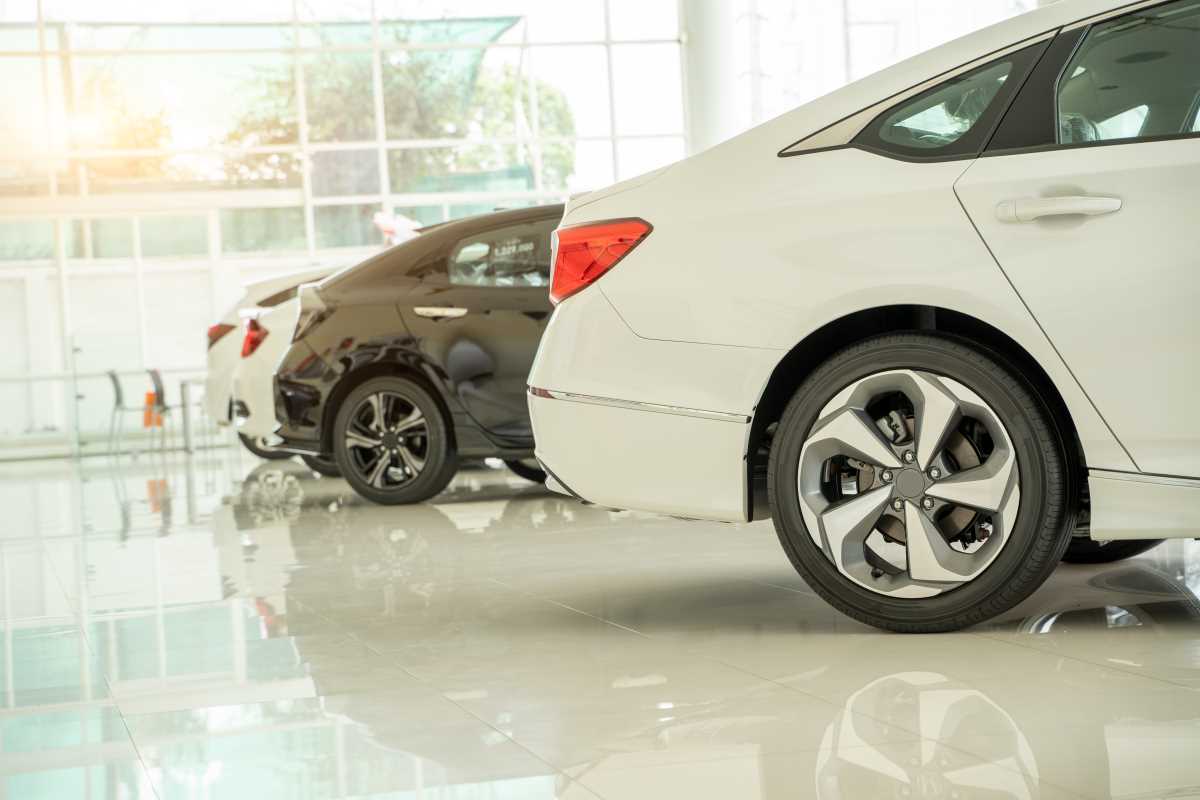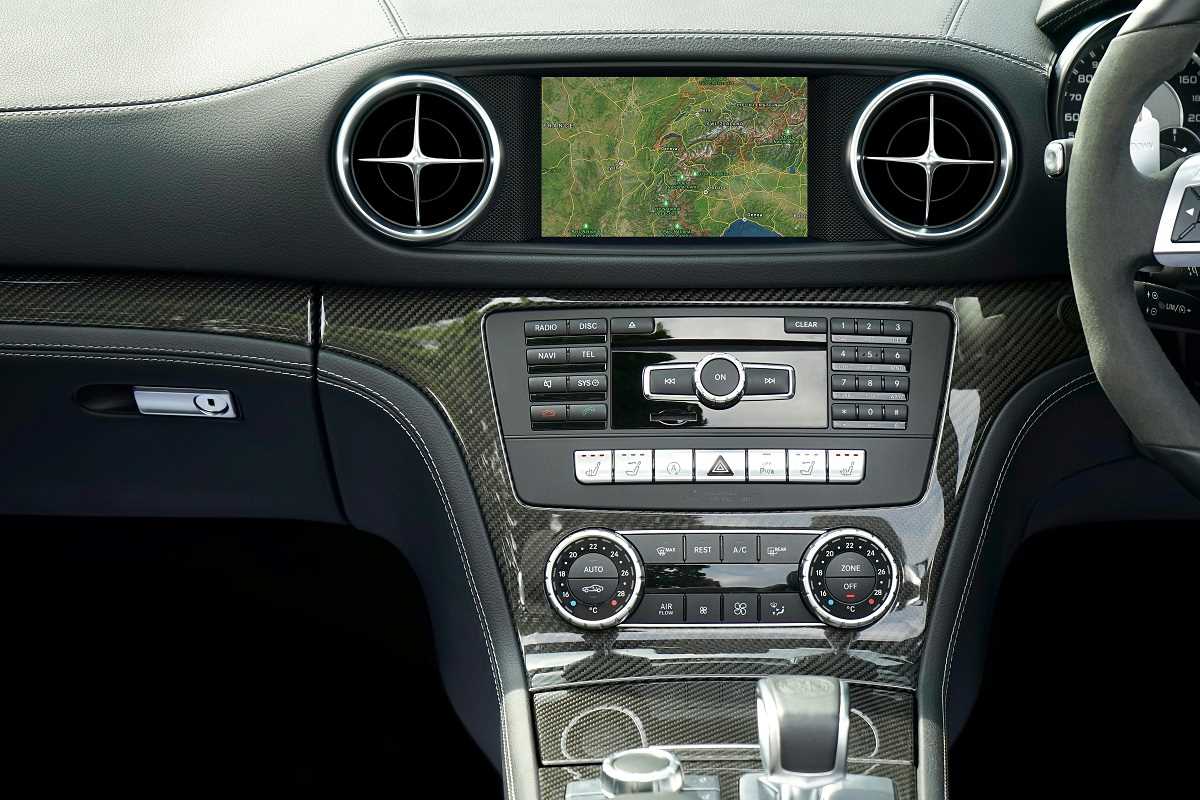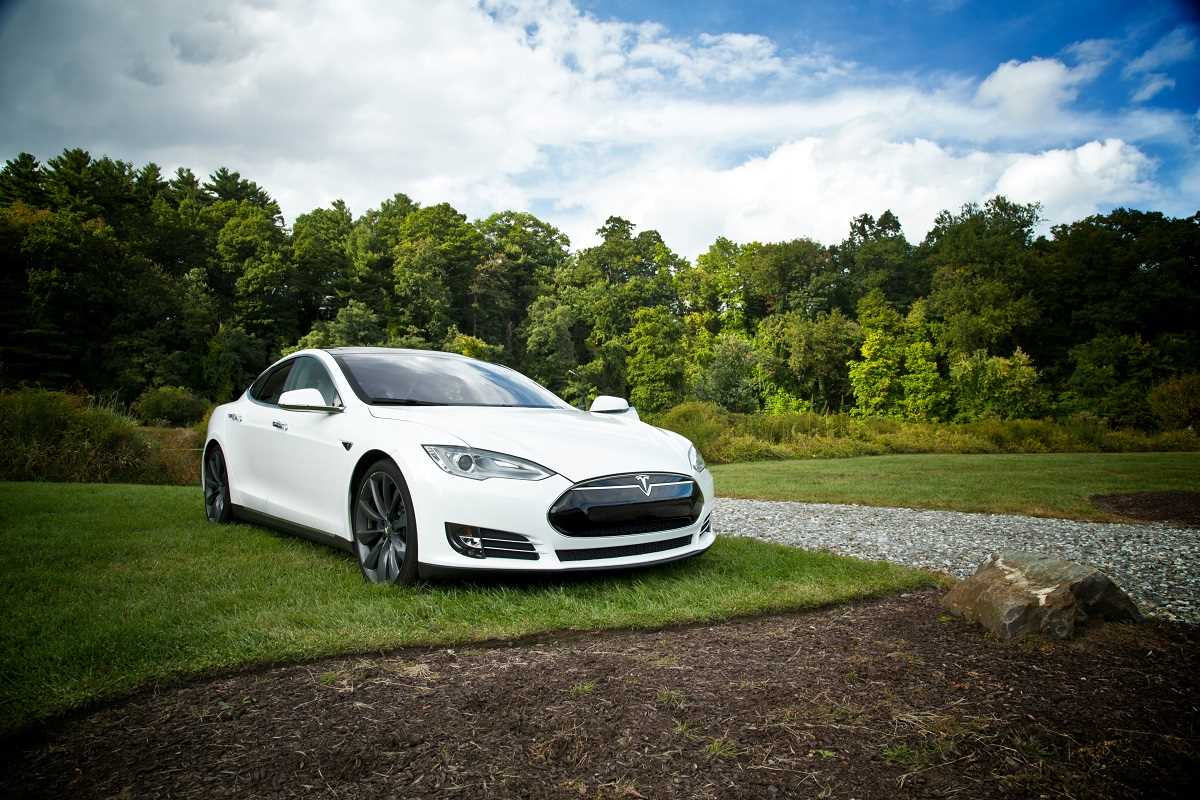The automotive industry has evolved through waves of innovation, each one driven by groundbreaking vehicles that have challenged conventions and set new benchmarks. Over the years, a handful of cars have left an indelible mark on history, reshaping how we drive, design, and think about transportation. From affordable mass production to performance breakthroughs and sustainable tech, these vehicles didn’t just shift gears for the industry; they blazed entire new trails. Here’s a deeper look at 10 iconic cars that changed the game forever.
1. Ford Model T (1908)
Known as the car that put America on wheels, the Ford Model T wasn’t merely a vehicle; it was a societal transformation. Before its debut, cars were expensive luxuries reserved for the elite. The Model T flipped the script by utilizing the assembly line, a revolutionary manufacturing method that enabled rapid, cost-effective mass production.
At its peak, a Model T rolled off the assembly line every 24 seconds. The resulting affordability allowed middle-class families across America to own a car, turning personal mobility from a privilege into a possibility for millions. Its advanced engineering for the era, including a robust engine and interchangeable parts, set standards for reliability and repairability. By the time production ended in 1927, over 15 million units had been sold. The Model T remains a symbol not just of industrial innovation but also of democratized transportation.
2. Volkswagen Beetle (1938)
The Volkswagen Beetle is more than just a car; it’s a cultural phenomenon. Designed by Ferdinand Porsche under a mandate to create an affordable “people’s car” (Volkswagen in German), the Beetle made its global debut as a simple, reliable machine that prioritized affordability and practicality. Its quirky, rounded shape, coupled with a rear-mounted, air-cooled engine, earned it immediate recognition. Post-World War II, the car transitioned from an instrument of Nazi propaganda to a global ambassador of peace and individuality, selling well under the slogan "Think Small."
By the 1960s, the Beetle had achieved a cult-like status, particularly among the counterculture movement in the United States. It became synonymous with economy, personality, and durability, and its influence helped popularize compact cars worldwide. With over 21 million units sold, the Beetle became a blueprint for designing timelessly appealing mass-market vehicles.
3. Chevrolet Corvette (1953)
When the Chevrolet Corvette made its flashy debut at the GM Motorama show in 1953, few anticipated the impact it would have on American culture. Unlike the heavy, utilitarian cars of its time, the Corvette exuded style and performance. Its fiberglass body was a revolutionary step in automotive engineering, paving the way for lighter, more aerodynamic designs.
The Corvette was not just another sports car; it was proof that America could compete with European brands like Ferrari and Jaguar on their own turf. Over the years, the Corvette has continuously evolved with cutting-edge technology, from fuel injection in the 1950s to high-performance supercharged engines in the 21st century. Today, it remains a symbol of aspiration and innovation, proving that to stand out, a car must have more than engineering – it needs soul.
4. Mini Cooper (1959)
The Mini wasn’t just a car; it was a marvel of efficiency and ingenuity. Created by Sir Alec Issigonis in response to the 1956 Suez Crisis and its impact on fuel prices, the Mini was envisioned as a practical, economical car without compromising space or performance. By placing the engine sideways (transverse-mounted) and moving the wheels to the far corners of the frame, Issigonis maximized interior space, creating a small car with a big personality.
Its motorsport achievements also cemented its legendary status. The Mini dominated rally racing in the 1960s, notably winning the Monte Carlo Rally multiple times. Beyond performance, it became a cultural icon, embraced by celebrities, urban professionals, and enthusiasts alike. Decades later, the Mini’s innovative design principles still influence the modern compact car segment.
5. Ford Mustang (1964)
When Ford unveiled the Mustang at the 1964 World’s Fair, it struck a chord with a rapidly changing America. The baby boomers were coming of age, eager for a car that captured their youthful energy. The Mustang was the answer. It launched a completely new category of automobiles known as “pony cars,” which blended sports car style with mass-market affordability.
Priced to start at just $2,368, the Mustang’s emotional appeal lay in its customizability. Buyers could choose between a six-cylinder engine for practical commuting or a powerful V8 for thrilling performance. Its unmistakable long hood and short rear deck quickly became synonymous with freedom, adventure, and the open road. The Mustang inspired competitors like the Chevrolet Camaro and Dodge Challenger while evolving into a performance powerhouse over the decades.
6. Toyota Corolla (1966)
The Toyota Corolla is the quiet revolution of the auto industry. Introduced in 1966, it didn’t aim to dazzle, but rather to provide reliable, affordable transportation to families around the world. Its simple engineering, cost-effective manufacturing, and relentless focus on reliability made it the car of choice for millions.
Toyota’s commitment to consistently improving the Corolla’s design and technology kept it ahead of its competitors. Whether it was improved safety features, fuel efficiency, or low emissions, the Corolla continued to set standards for compact cars. With over 50 million units sold across 12 generations, the Corolla has stood as proof that practicality can also be legendary.
7. Jeep CJ/Wrangler (1986)
The Jeep’s roots run deep, beginning with the legendary Willys MB used by the Allied forces in World War II. When it transitioned to civilian life as the CJ (“Civilian Jeep”), it didn’t abandon its military DNA. Rugged, reliable, and virtually unstoppable off-road, the CJ set the pattern for SUVs that followed.
With the debut of the Jeep Wrangler in 1986, the brand secured its status as the go-to for adventure-seekers. The Wrangler retained its iconic design elements – round headlights, square bodylines, and removable tops – while modernizing the off-road capability with improved suspension and drivetrain options. Today, it serves as the gold standard for the off-road market and a testament to staying true to your roots while evolving with the times.
8. Tesla Model S (2012)
The Tesla Model S didn’t just prove that electric vehicles could compete with gasoline-powered cars; it showed they could surpass them. When Tesla’s sleek, high-performance EV hit the roads in 2012, it immediately disrupted the luxury car market. The Model S offered an astounding range of over 300 miles on a single charge – unheard of for EVs at the time.
Its minimalistic interior, dominated by a massive touchscreen, redefined what “cutting-edge” meant in automotive design. Features like over-the-air updates and autopilot capabilities laid the groundwork for the software-driven future of the automobile. The Model S didn’t just change how we view electric cars; it jump-started an industry-wide shift toward EV production.
9. Honda Civic (1972)
Unlike its competitors battling for size and performance, the Honda Civic pushed an entirely different agenda in the early 1970s. It was economically efficient, environmentally friendly, and incredibly reliable. During the oil embargo of 1973, the Civic stood out with remarkable fuel economy, earning widespread acclaim.
What set the Civic apart was its ability to evolve through generations. From a boxy compact to a refined, tech-forward vehicle, the Civic adapted to meet the needs of each subsequent era. Its introduction of hybrid powertrains in the early 2000s further solidified its status as a forward-thinking car. To this day, it remains a bastion of practical and eco-conscious engineering.
10. Porsche 911 (1964)
If there’s an automotive equivalent of timeless elegance, it’s the Porsche 911. Introduced in 1964, the 911 quickly became the standard by which performance cars were judged. What makes the 911 truly revolutionary is its consistent innovation without losing its essence.
Its rear-engine layout defied conventional logic but, through relentless engineering, Porsche turned it into an advantage. From dominating motorsports to upgrading with turbochargers, advanced all-wheel-drive systems, and hybrid technology, the 911 has struck the perfect balance between innovation and heritage. To this day, it remains one of the most recognizable and celebrated sports cars on the planet.
Honorable Mentions
We can’t talk about iconic cars without giving a nod to others that shaped the industry. The DeLorean DMC-12, immortalized in “Back to the Future,” remains a symbol of pop culture despite its limited success on the market. The Dodge Caravan established the minivan category, becoming the quintessential family vehicle. And the Toyota Prius, while not mentioned above, pioneered the hybrid car movement, influencing how the automotive world approaches sustainability.
From assembly-line mastery to reshaping societal norms, the cars listed above didn’t merely transport people; they drove progress. These vehicles remind us that true innovation transcends eras. They broke molds and set benchmarks that continue to influence how cars are designed and driven.
 (Image via
(Image via





